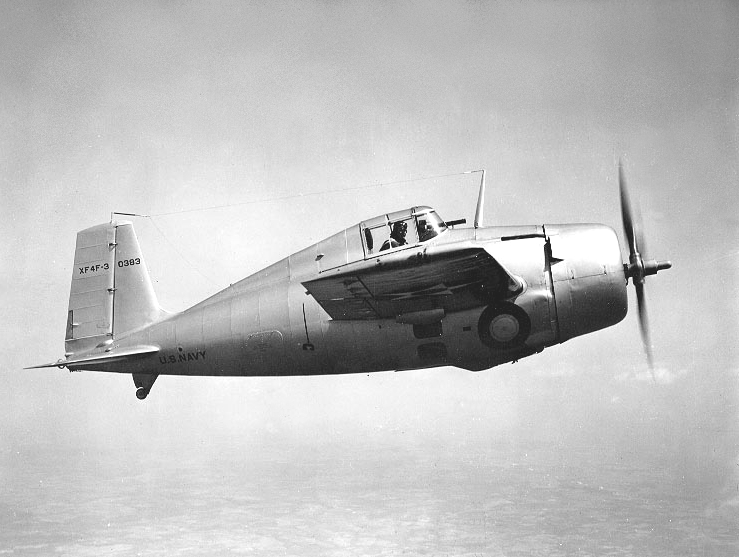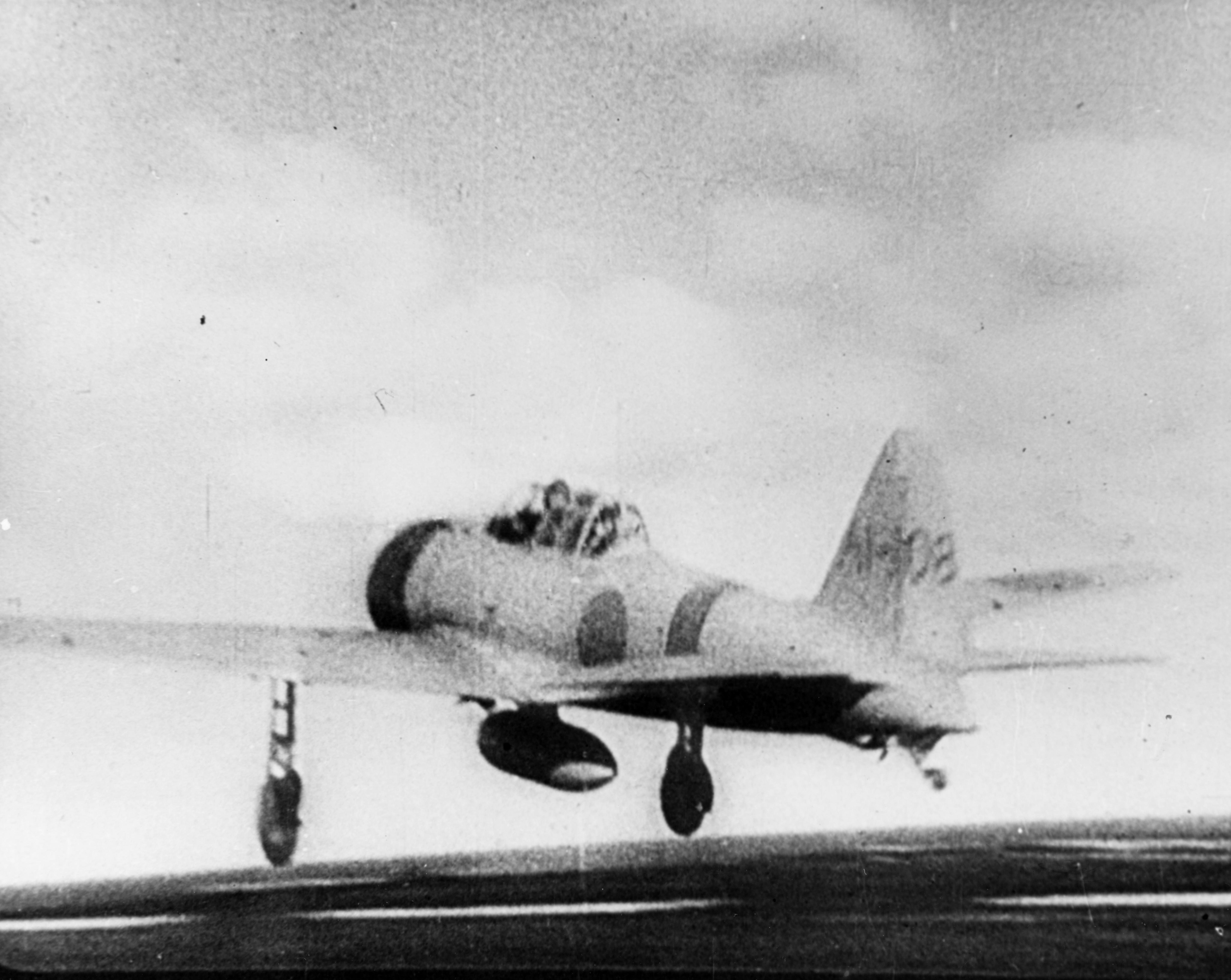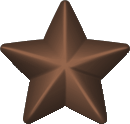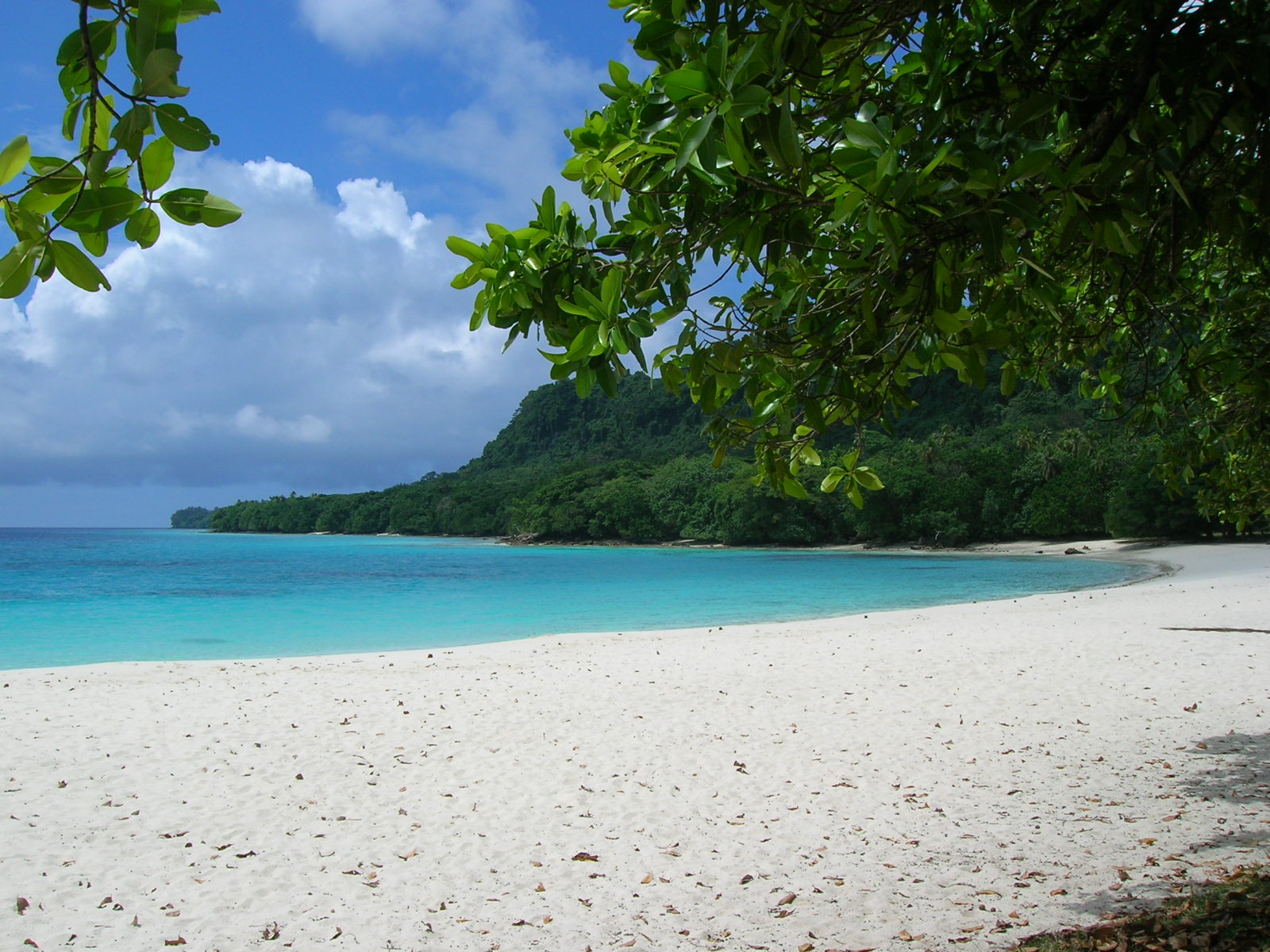|
Battle Of The Santa Cruz Islands
The Battle of the Santa Cruz Islands, fought during 25–27 October 1942, sometimes referred to as the Battle of Santa Cruz or Third Battle of Solomon Sea, in Japan as the Battle of the South Pacific ( ''Minamitaiheiyō kaisen''), was the fourth aircraft carrier battle of the Pacific campaign of World War II. It was also the fourth major naval engagement fought between the United States Navy and the Imperial Japanese Navy during the lengthy and strategically important Guadalcanal campaign. As in the battles of the Coral Sea, Midway, and the Eastern Solomons, the ships of the two adversaries were rarely in sight or gun range of each other. Instead, almost all attacks by both sides were mounted by carrier- or land-based aircraft. In an attempt to drive Allied forces from Guadalcanal and nearby islands and end the stalemate that had existed since September 1942, the Imperial Japanese Army planned a major ground offensive on Guadalcanal for 20–25 October 1942. In support o ... [...More Info...] [...Related Items...] OR: [Wikipedia] [Google] [Baidu] |
Guadalcanal Campaign
The Guadalcanal campaign, also known as the Battle of Guadalcanal and codenamed Operation Watchtower by American forces, was a military campaign fought between 7 August 1942 and 9 February 1943 on and around the island of Guadalcanal in the Pacific theater of World War II. It was the first major land offensive by Allied forces against the Empire of Japan. On 7 August 1942, Allied forces, predominantly United States Marines, landed on Guadalcanal, Tulagi, and Florida in the southern Solomon Islands, with the objective of using Guadalcanal and Tulagi as bases in supporting a campaign to eventually capture or neutralize the major Japanese base at Rabaul on New Britain. The Japanese defenders, who had occupied those islands since May 1942, were outnumbered and overwhelmed by the Allies, who captured Tulagi and Florida, as well as the airfield – later named Henderson Field – that was under construction on Guadalcanal. Surprised by the Allied offensive, the Japanese made ... [...More Info...] [...Related Items...] OR: [Wikipedia] [Google] [Baidu] |
Grumman F4F Wildcat
The Grumman F4F Wildcat is an American carrier-based fighter aircraft that entered service in 1940 with the United States Navy, and the British Royal Navy where it was initially known as the Martlet. First used by the British in the North Atlantic, the Wildcat was the only effective fighter available to the United States Navy and Marine Corps in the Pacific Theater during the early part of the Second World War. The disappointing Brewster Buffalo was withdrawn in favor of the Wildcat and replaced as aircraft became available. With a top speed of , the Wildcat was outperformed by the faster (), more maneuverable, and longer-ranged Mitsubishi A6M Zero. US Navy pilots, including John "Jimmy" Thach, a pioneer of fighter tactics to deal with the A6M Zero, were greatly dissatisfied with the Wildcat's inferior performance against the Zero in the battles of the Coral Sea and Midway. The Wildcat has a claimed air combat kill-to-loss ratio of 5.9:1 in 1942 and 6.9:1 for the entire war.Po ... [...More Info...] [...Related Items...] OR: [Wikipedia] [Google] [Baidu] |
Torpedo Bomber
A torpedo bomber is a military aircraft designed primarily to attack ships with aerial torpedoes. Torpedo bombers came into existence just before the First World War almost as soon as aircraft were built that were capable of carrying the weight of a torpedo, and remained an important aircraft type until they were rendered obsolete by anti-ship missiles. They were an important element in many famous Second World War battles, notably the British attack at Taranto, the sinking of the German battleship ''Bismarck'', and the Japanese attack on Pearl Harbor. Types Torpedo bombers first appeared immediately prior to the First World War. Generally, they carried torpedoes specifically designed for air launch, which were smaller and lighter than those used by submarines and surface warships. Nonetheless, as an airborne torpedo could weigh as much as , more than twice the bomb load of contemporary single-engined bombers, the aircraft carrying it usually needed to be specially designed ... [...More Info...] [...Related Items...] OR: [Wikipedia] [Google] [Baidu] |
Dive Bomber
A dive bomber is a bomber aircraft that dives directly at its targets in order to provide greater accuracy for the bomb it drops. Diving towards the target simplifies the bomb's trajectory and allows the pilot to keep visual contact throughout the bomb run. This allows attacks on point targets and ships, which were difficult to attack with conventional level bombers, even ''en masse''. After World War II, the rise of precision-guided munitions and improved anti-aircraft defences—both fixed gunnery positions and fighter interception—led to a fundamental change in dive bombing. New weapons, such as rockets, allowed for better accuracy from smaller dive angles and from greater distances. They could be fitted to almost any aircraft, including fighters, improving their effectiveness without the inherent vulnerabilities of dive bombers, which needed air superiority to operate effectively. Method A dive bomber dives at a steep angle, normally between 45 and 60 degrees or ev ... [...More Info...] [...Related Items...] OR: [Wikipedia] [Google] [Baidu] |
Mitsubishi A6M Zero
The Mitsubishi A6M "Zero" is a long-range carrier-based aircraft, carrier-based fighter aircraft formerly manufactured by Mitsubishi Aircraft Company, a part of Mitsubishi Heavy Industries, and was operated by the Imperial Japanese Navy from 1940 to 1945. The A6M was designated as the , or the Mitsubishi A6M Rei-sen. The A6M was usually referred to by its pilots as the ''Reisen'' (, zero fighter), "0" being the last digit of the Japanese calendar#Years, imperial year 2600 (1940) when it entered service with the Imperial Navy. The official World War II Allied names for Japanese aircraft, Allied reporting name was "Zeke", although the name "Zero" (from Type 0) was used colloquially as well. The Zero is considered to have been the most capable carrier-based aircraft, carrier-based fighter in the world when it was introduced early in World War II, combining excellent maneuverability and very long range.Hawks, Chuck"The Best Fighter Planes of World War II" chuckhawks.com. Retrieved: ... [...More Info...] [...Related Items...] OR: [Wikipedia] [Google] [Baidu] |
USS Hornet (CV-8)
USS ''Hornet'' (CV-8), the seventh U.S. Navy vessel of that name, was a of the United States Navy. During World War II in the Pacific Theater, she launched the Doolittle Raid on Tokyo and participated in the Battle of Midway and the Buin-Faisi-Tonolai raid. In the Solomon Islands campaign, she was involved in the capture and defense of Guadalcanal and the Battle of the Santa Cruz Islands, where she was irreparably damaged by enemy torpedo and dive bombers. Faced with an approaching Japanese surface force, ''Hornet'' was abandoned and later torpedoed and sunk by approaching Japanese destroyers. ''Hornet'' was in service for one year and six days, and was the last US fleet carrier ever sunk by enemy fire. For these actions, she was awarded four service stars and a citation for the Doolittle Raid in 1942, and her Torpedo Squadron 8 received a Presidential Unit Citation for extraordinary heroism for its performance at the Battle of Midway. Her wreck was located in late January 2019 ... [...More Info...] [...Related Items...] OR: [Wikipedia] [Google] [Baidu] |
Yokosuka D4Y
The is a two-seat carrier-based dive bomber developed by the Yokosuka Naval Air Technical Arsenal and operated by the Imperial Japanese Navy from 1942 to 1945 during World War II. Development of the aircraft began in 1938. The first D4Y1 was complete in November 1940 and made its maiden flight at Yokosuka the following month. While the aircraft was originally conceived as a dive bomber, the D4Y was used in other roles including reconnaissance, night fighter and special attack (kamikaze). It made its combat debut as a reconnaissance aircraft when two pre-production D4Y1-Cs embarked aboard the Sōryū to take part in the Battle of Midway in 1942. It was not until March 1943 that it was accepted for use as a dive bomber. The early D4Y1 and D4Y2 featured the liquid-cooled Aichi Atsuta engine, a licensed version of the German Daimler-Benz DB 601, while the later D4Y3 and D4Y4 featured the Mitsubishi MK8P Kinsei radial engine. Like many other Japanese aircraft of the time, the D4Y ... [...More Info...] [...Related Items...] OR: [Wikipedia] [Google] [Baidu] |
Nakajima B5N
The Nakajima B5N ( ja, 中島 B5N, Allied reporting name "Kate") was the standard carrier-based torpedo bomber of the Imperial Japanese Navy (IJN) for much of World War II. Although the B5N was substantially faster and more capable than its Allied counterparts, the American Douglas TBD Devastator monoplane (the U.S. Navy's first all-metal, carrier-borne monoplane of any type with retracting gear), and the British Fairey Swordfish and Fairey Albacore torpedo biplanes, it was nearing obsolescence by 1941. Nevertheless, the B5N operated throughout the whole war, due to the delayed development of its successor, the B6N. In the early part of the Pacific War, when flown by well-trained IJN aircrews and as part of well-coordinated attacks, the B5N achieved particular successes at the battles of Pearl Harbor, Coral Sea, Midway, and Santa Cruz Islands. Design and development The B5N was designed by a team led by Katsuji Nakamura in response to a 1935 specification by the Navy for a t ... [...More Info...] [...Related Items...] OR: [Wikipedia] [Google] [Baidu] |
Aichi D3A
The Aichi D3A Type 99 Carrier Bomber ( Allied reporting name "Val") is a World War II carrier-borne dive bomber. It was the primary dive bomber of the Imperial Japanese Navy (IJN) and was involved in almost all IJN actions, including the attack on Pearl Harbor. The Aichi D3A was the first Japanese aircraft to bomb American targets in the war, commencing with Pearl Harbor and U.S. bases in the Philippines, such as Clark Air Force Base. They sank more Allied warships than any other Axis aircraft. Design and development In mid-1936, the Japanese Navy issued the 11-Shi specification for a monoplane carrier-based dive bomber to replace the existing D1A biplane then in service. Aichi, Nakajima, and Mitsubishi all submitted designs, with the former two subsequently being asked for two prototypes each. The Aichi design started with low-mounted elliptical wings inspired by the Heinkel He 70 ''Blitz''. It flew slowly enough that the drag from the landing gear was not a serious iss ... [...More Info...] [...Related Items...] OR: [Wikipedia] [Google] [Baidu] |
A6M Zero
The Mitsubishi A6M "Zero" is a long-range carrier-based aircraft, carrier-based fighter aircraft formerly manufactured by Mitsubishi Aircraft Company, a part of Mitsubishi Heavy Industries, and was operated by the Imperial Japanese Navy from 1940 to 1945. The A6M was designated as the , or the Mitsubishi A6M Rei-sen. The A6M was usually referred to by its pilots as the ''Reisen'' (, zero fighter), "0" being the last digit of the Japanese calendar#Years, imperial year 2600 (1940) when it entered service with the Imperial Navy. The official World War II Allied names for Japanese aircraft, Allied reporting name was "Zeke", although the name "Zero" (from Type 0) was used colloquially as well. The Zero is considered to have been the most capable carrier-based aircraft, carrier-based fighter in the world when it was introduced early in World War II, combining excellent maneuverability and very long range.Hawks, Chuck"The Best Fighter Planes of World War II" chuckhawks.com. Retrieved: ... [...More Info...] [...Related Items...] OR: [Wikipedia] [Google] [Baidu] |
Light Carrier
A light aircraft carrier, or light fleet carrier, is an aircraft carrier that is smaller than the standard carriers of a navy. The precise definition of the type varies by country; light carriers typically have a complement of aircraft only one-half to two-thirds the size of a full-sized fleet carrier. A light carrier was similar in concept to an escort carrier in most respects, however light carriers were intended for higher speeds to be deployed alongside fleet carriers, while escort carriers usually defended convoys and provided air support during amphibious operations. History In World War II (WWII), the United States Navy produced a number of light carriers by converting cruiser hulls. These s, converted from light cruisers, were unsatisfactory ships for aviation with their narrow, short decks and slender, high- sheer hulls; in virtually all respects the escort carriers were superior aviation vessels. These issues were superseded by ''Independence''-class ships' virtue of b ... [...More Info...] [...Related Items...] OR: [Wikipedia] [Google] [Baidu] |
Espiritu Santo
Espiritu Santo (, ; ) is the largest island in the nation of Vanuatu, with an area of and a population of around 40,000 according to the 2009 census. Geography The island belongs to the archipelago of the New Hebrides in the Pacific region of Melanesia. It is in the Sanma Province of Vanuatu. The town of Luganville, on Espiritu Santo's southeast coast, is Vanuatu's second-largest settlement and the provincial capital. Roads run north and west from Luganville, but most of the island is far from the limited road network. Around Espiritu Santo lie a number of small islands and islets; among them are: Dany Island, Araki, Elephant Island, Sakao, Lataroa, Lataro, Thion, Malohu, Malwepe, Malvapevu, Malparavu, Maltinerava, Oyster Island, Tangoa, and Bokissa. Vanuatu's highest peak is the 1879 metre (6165 foot) Mount Tabwemasana in west-central Espiritu Santo. History A Spanish expedition of three ships, led by Portuguese explorer Pedro Fernandes de Queirós, lande ... [...More Info...] [...Related Items...] OR: [Wikipedia] [Google] [Baidu] |
_burning_on_15_September_1942_(80-G-16331).jpg)

.jpg)







